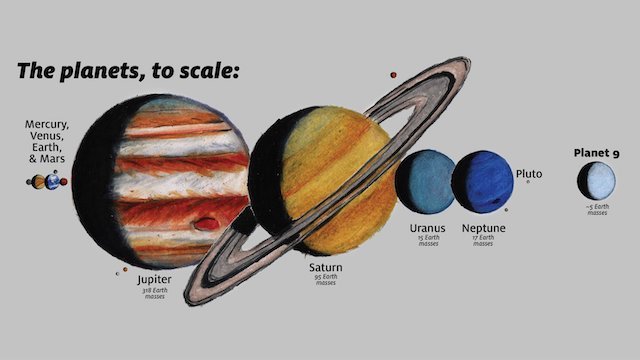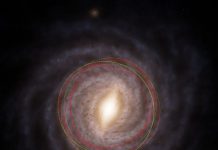
New studies from Caltech has shown new evidence supporting the existence of Planet Nine.
In 2016, scientists Mike Brown and Konstantin Batygin announced the existence of a ninth planet in the solar system.
Since then, they have been analyzing the evidence for Planet Nine’s existence and developing theoretical models to explain other phenomena.
In the present studies, the researchers provide new details about the suspected nature and location of the planet.
The previous hypothesis suggests that the clustering of objects in the Kuiper Belt is influenced by the gravitational tugs of an unseen planet.
The Kuiper Belt is a field of icy bodies that lies beyond Neptune.
However, it is unclear whether that clustering is indeed occurring, or whether it is an artifact from the bias of observation.
In one paper, the authors developed a method to quantify the amount of bias in each individual observation.
They then calculated the probability that the clustering is spurious, and they found the probability is one in 500.
This means the hypothesis is based upon a solid foundation.
In another paper, the researchers provide results of new computer models about the dynamical evolution of the distant solar system.
They offer updated insight into the nature of Planet Nine.
The team suggests that Planet Nine has a mass of about five times that of the earth and is smaller and closer to the sun than previously thought.
It is likely to be a typical extrasolar super-Earth. It may have greater mass than the Earth but less than that of a gas giant.
The researches believe the research of Planet Nine will make more progress within the next decade and the new planet may provide information about the properties of a typical planet of the galaxy.
One study lead author is Batygin, an assistant professor of planetary science and Van Nuys Page Scholar.
The research is published in The Astronomical Journal and Physics Reports.
Copyright © 2019 Knowridge Science Report. All rights reserved.



